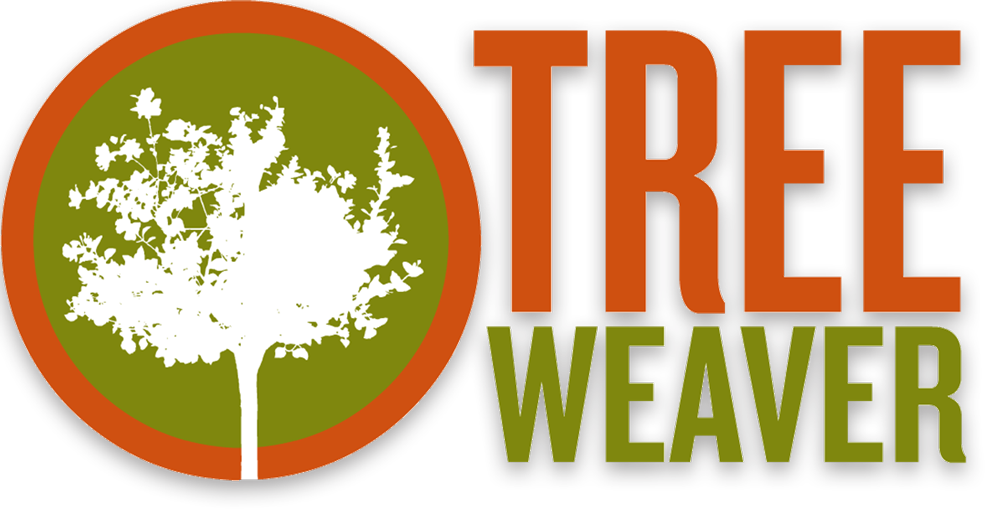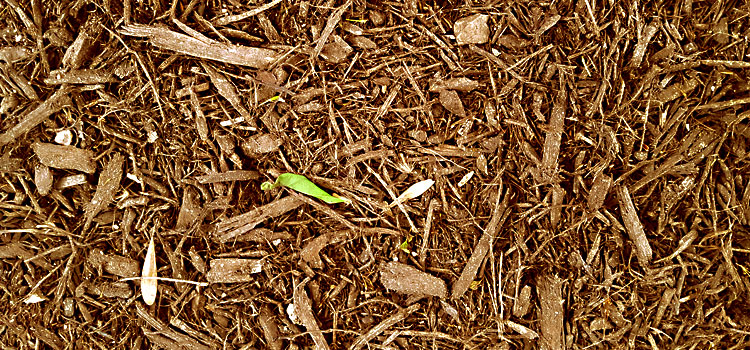Benefits of mulch and proper application
Mulching is one of the biggest improvements in the health of a tree that a homeowner can make. It is also cheap and, if proper guidelines are followed, can be done without the help and oversight of an arborist.
One of the main benefits of mulch is the introduction of organic material in the soil. As I mentioned in my previous blog, urban trees are often starved of nutrients as we tend to remove all decomposing material from the surface of the soil to maintain a tidy look to our yards. In a forest, decomposing materials leech nitrogen, potassium and other valuable nutrients to the roots of the tree. Mulch makes up for these deficiencies in the urban landscape. Other benefits include improved water retention which is especially important for newly planted trees. It also helps keep competing grasses and weeds away from the roots which also benefit from the insulation the mulch offers, in other words it helps keep the soil temperature more stable, which in urban and suburban areas is often a problem.
Mulching though, is a benefit to the tree only if applied properly. When done incorrectly it can seriously harm the tree so guidelines need to be followed. Mulch needs to be spread between 2″ to 4″ deep at most making sure that none of it comes into contact with the trunk of the tree as this could trap moisture around the wood and become an entry point for decay. If practical it should be applied to at least the dripline of the tree but when possible even further as roots usually spread far past the canopy above.
Any kind of organic hardwood mulch will do the job. You can buy it by the bag from your nursery, get it delivered by the yard from specific companies or ask your arborist to keep the mulch generated from the chippings of your pruning job.

